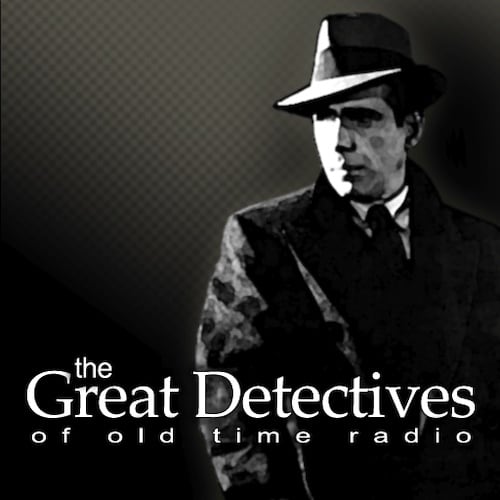Dick Tracy is the legendary detective created by Chester Gould whose comic strip adventures continue until this day. Dick Tracy first hit newspapers in 1931 and this book collects his first strips from October 1931 to May 1933.
This collection is notable for what you won’t find: any of Tracy’s garish rogues gallery. No Flattop, Mumbles, or Pruneface. The most prominent villain is Big Boy, but in here he’s a regular mob boss. The colorful villains would come much later for Tracy. This book features Tracy taking on thieves, kidnappers, and racketeers that were typical 1930s villains.
The book opens with the father of Tracy’s fiancée being murdered. Tracy joins the police force in order to catch the killer. The most unrealistic part of this entire collection is when Tracy is so quickly graduated and placed in a leadership position on the force with no explanation. Three months later, he slacks off because of personal problems with Tess and is demoted to uniform duty and complains about how he was demoted despite all he’d done in the three months on the force.
Once you get past that silliness, the book is good. The crimes aren’t outlandish and Tracy’s methods are pretty solid for a 1930s newspaper strip, featuring some real detective work. The book also did go for some “ripped from the headlines” cases. For example just after the Lindbergh kidnapping, Tracy had to solve a similar baby kidnapping case.
Other than introducing Tracy and Tess Trueheart, the book’s important contribution is introducing Junior, the homeless, seeming orphan who Tracy adopts, or perhaps it may be he adopts Tracy. He becomes part of the action on several occasions and you can see why he’s often viewed as a precursor of teenage sidekicks like Robin, the Boy Wonder and Captain America’s sidekick Bucky Barnes.
The art in the book starts off looking a bit primitive but as Gould continues to draw, it becomes a lot more polished. The book is mostly in black and white with the exception of the earliest Sunday strips. These strips didn’t follow the daily strip plot, opting instead for a separate mystery or sometimes just a one-off gag strip. They continued until May 1932.
The book also includes an interview with Gould by his successor on the Tracy comic strip, Max Allan Collins.
Overall, while the book doesn’t capture Tracy at the peak, it does manage to capture Tracy’s beginnings and also help readers understand how Tracy became so popular in the first place with fun and exciting stories, detective work, and a broad-based appeal to multiple members of the family with character drama and a kid sidekick. Worth a read for both Tracy diehards and those who are curious about the beginnings of this iconic character.
Rating: 4.0 out of 5.0
This post contains affiliate links, which means that items purchased from these links may result in a commission being paid to the author of this post at no extra cost to the purchaser.
